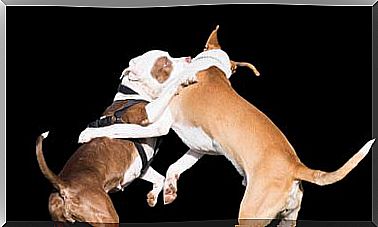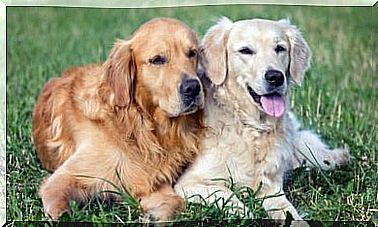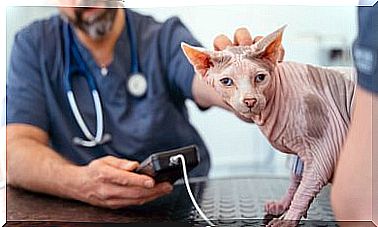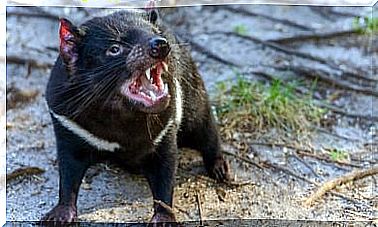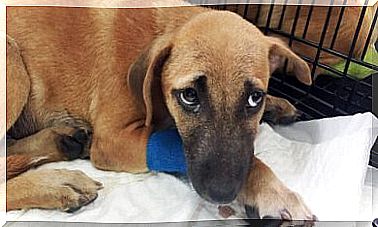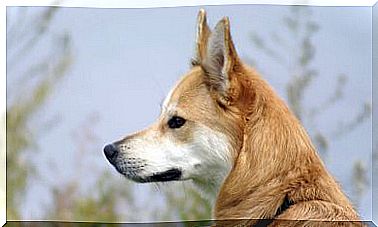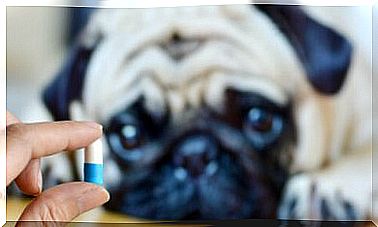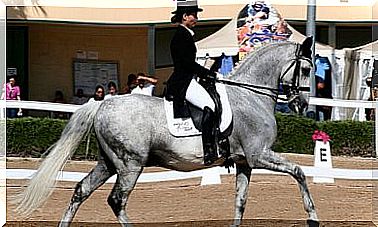Why Do Warts Appear In Dogs?
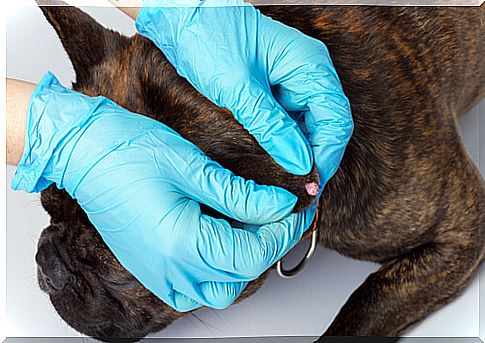
Among all the possible skin diseases that dogs can suffer, warts are undoubtedly in the top ten. Fortunately, although they are very frequent, in most cases they do not constitute a serious problem for the animal. Almost always, warts in dogs involve an overgrowth of tissue that can even spontaneously remit.
What is a wart?
Surely when we talk about warts, a similar image comes to mind: a lump, usually small, wrinkled, skin-colored, isolated or accompanied by others.
But that is not a valid definition from a medical point of view. Therefore, we could describe the wart in a simple way, saying that it is an abnormal overgrowth of epithelial tissue, caused by the papilloma virus.
In this sense, strictly speaking, the wart could be defined as a cutaneous tumor process, understanding a tumor as an abnormal growth of tissue, without necessarily an associated malignancy component.
This type of injury can appear in dogs of any breed and condition. However, it tends to occur more frequently in young and elderly animals, or in dogs with a disorder that affects the immune system.
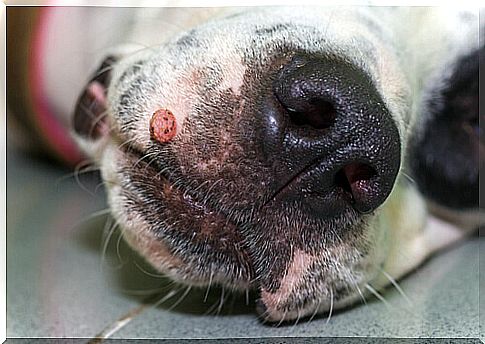
Why do warts appear in dogs?
Well, simply because of exposure to the virus. If an animal is infected and has warts, it can transmit the pathogen directly through contact with another dog, or through surfaces, such as toys or beds. On the other hand, there are animals with infectious viral particles on the skin, without having developed the warty lesion.
When the viral particles escape from the original wart and ‘colonize’ other epithelial tissue, replication of the virus begins. On the new tissue, a small tissue injury occurs, generating the well-known wart. In turn, this wart once again has a high content of infectious viral particles, so the cycle begins anew.
At this point, it should be clarified that each wart is a world, and can cause an infection on another dog, but also on the same animal in a different location. For this reason, these are often never isolated processes, and different lesions tend to appear in various parts of the animal’s body.
If my dog has a wart, should I be concerned?
Well, in general, no. As we have already mentioned, it is a benign condition. From a medical point of view, they are usually asymptomatic lesions, or at most, they cause slight discomfort to the animal.
This circumstance occurs if the location of the wart is in a delicate area, such as, for example, the palpebral edge of the eye or the oral region.
However, to avoid possible complications, it is always advisable to go to the vet at the slightest indication that the dog may be developing a skin lesion. Despite its benign nature, it should be correctly evaluated to confirm its benignity and differentiate it from other processes, such as mast cell tumors.
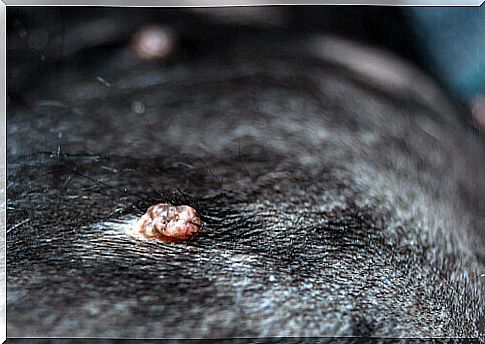
Treatment of warts in dogs
Since the immune system is involved in the development of the lesion, in most cases they are usually self-limiting processes. As the animal’s defenses fight the virus, the wart will disappear.
However, sometimes these lesions never reach a full remission. In these cases, and always after veterinary evaluation, surgical resection may be necessary.
This surgery will be indicated for injuries that are in delicate areas or compromise the quality of life of the animal, such as eyes or mouth.
The procedure is usually simple since, being superficial injuries, large surgical approaches are not necessary, and post-operative recovery is usually immediate.
In conclusion, warts are lesions resulting from a highly contagious viral infection. Although they do not usually lead to serious problems and most of the times they lack a malignancy component, it is always advisable to have them correctly by a veterinarian to avoid possible complications.
